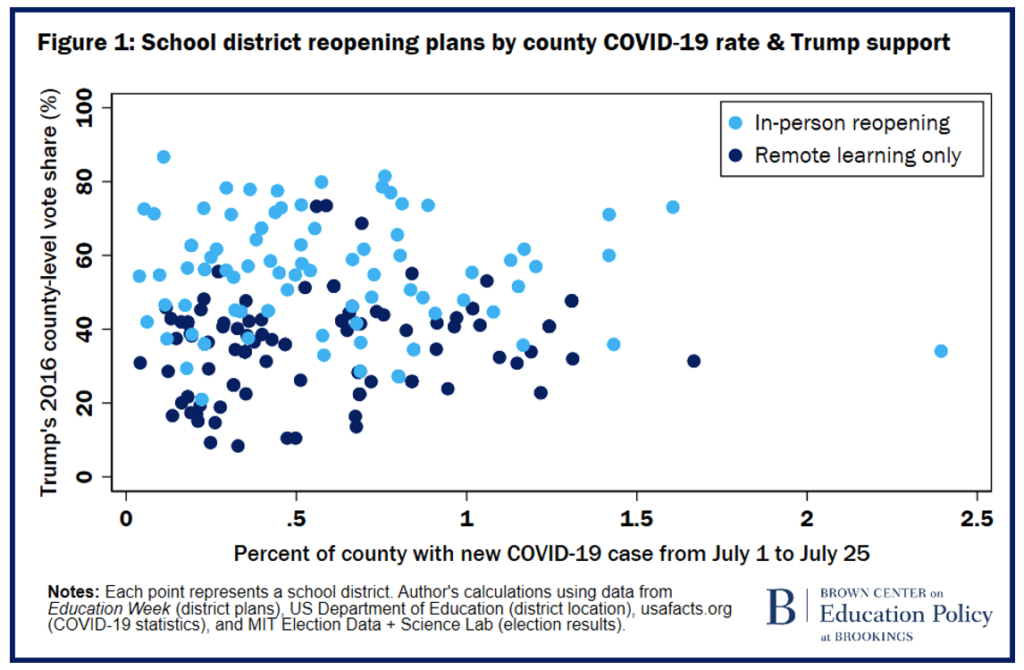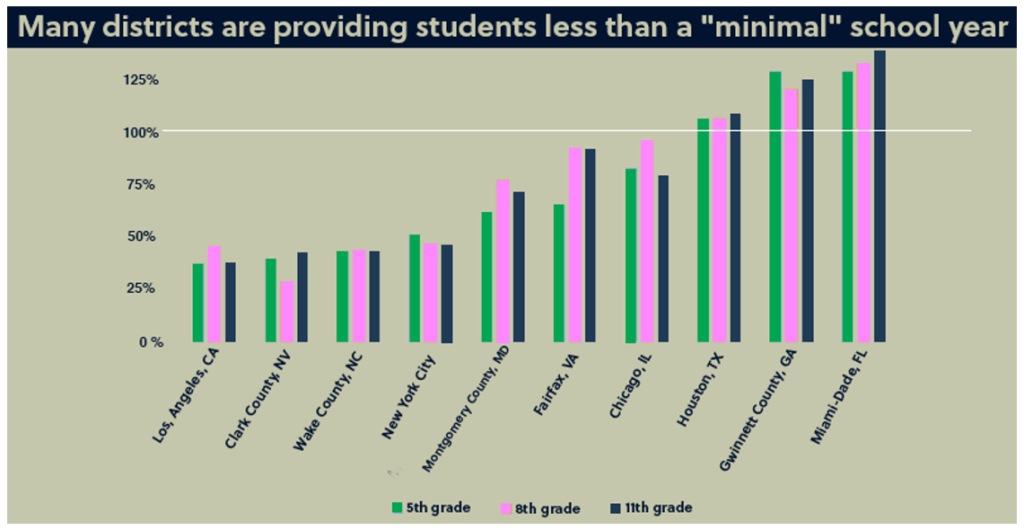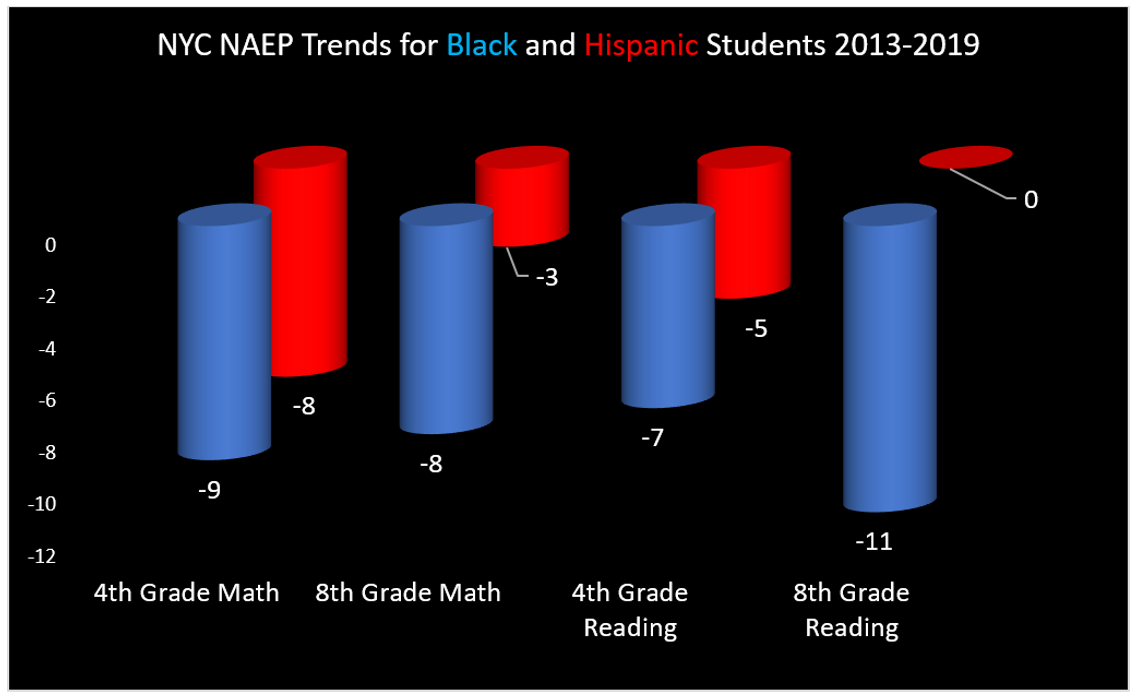 O God of earth and altar,
O God of earth and altar,
Bow down and hear our cry,
Our earthly rulers falter,
Our people drift and die;
The walls of gold entomb us,
The swords of scorn divide,
Take not thy thunder from us,
But take away our pride.
-GK Chesterton, Space Age Systems Collapse
The Late Bronze Age collapse is one of the great mysteries of history and archeology.
We know what happened: Multiple eastern Mediterranean civilizations – the Mycenean Greeks, the Hittites and others – disappeared within a 50-year span, roughly 1200 to 1150 BC. What we don’t know are the reasons why it happened. Written records from this period are scattered and not entirely reliable; one of the unfortunate byproducts of this collapse was a large reduction in literacy rates.
Get ready for some more of this. History doesn’t repeat, but it does echo.
One of the written records we do have is the inscription pictured above, left behind by Egyptian Pharaoh Ramses III (presumably the giant bow-wielder trampling the bodies of crushed enemies) who claimed to have smashed an invasion of the mysterious “Sea Peoples.”
PRIII likely exaggerated the scale of his combat prowess, but a number of other coastal civilizations did not live long enough carve propaganda into rock. Several simply vanished only to slowly emerge from dark ages centuries later. Egypt fared relatively well, surviving the Bronze Age collapse, but was never the same afterward.
Scholars have used the phrase “systems collapse” to describe what happened in the Late Bronze Age. You can get a flavor for the phenomenon in an article by Nicole Gelinas on New York City’s current economy, which describes how interdependent the city’s industries are and how none of them currently are running strong enough to support each other.
The eldest among us today have seen multiple examples of system collapse. European imperialism and the Soviet Union both dissolved during our lifetimes for instance. Other large systems, like Pax Americana and the European Union, obviously are under considerable strain.
American public education also is facing an unprecedented challenge. Like Bronze Age Egypt, American public education will survive. K-12 funding is guaranteed in state constitutions across the country, making it as permanent an institution as one can imagine in American life. But unlike Ramses III, we should not attempt to deceive ourselves regarding the scale of the damage being done not only by the pandemic but also to the response to it.

Earlier this year, the Brown Center on Education Policy at the Brookings Institution published the scatterplot above regarding school district re-openings. As you can see, the decision regarding remote versus in-person learning by district has little to do with COVID-19 infection rates, and a great deal to do with the political leanings of the county in which the school district operates.
Notice especially the cluster of dark blue dots on the bottom left of the chart, representing remote learning only districts in counties with low COVID-19 countywide infection rates.
Chad Alderman, senior associate partner at Bellweather Education Partners, recently examined 10 large school districts to see how much instruction time they were delivering to students by whatever means – in-person, remote, etc. Alderman wrote:
The term ‘chronic absenteeism’ is defined as missing 10% or more of school days in a year. By that standard, the majority of K-12 students might be considered chronically absent this school year.
Alderman included the chart below that details instruction time by district. Congratulations to Miami Dade, Gwinnett County Georgia and Houston. Otherwise, read it and weep.

A few notes on the above disaster.
The Los Angeles Unified School District, the nation’s largest, had a world of academic problems before COVID-19. Cutting instruction by more than half in a district that already had a below-average rate of academic growth will be an academic wound that leaves a deep and enduring scar on California and points beyond.
The NAEP Trial Urban District Assessment already had documented a horrific academic disaster in New York City before COVID-19. The chart below shows results for Black and Hispanic students from 2013 to 2019; 10 points approximately equals an average grade level worth of learning.

Humans have survived plagues before. We eventually will recover from this one, but that recovery will come only after a great deal of suffering and long-lasting, self-inflicted damage. False tales of victory have already been written that would make Ramses III blush.
The lesson here is clear: The system takes care of itself as best it can. Taking care of the kids in your family, that’s up to you. If we funded students rather than systems, the next pandemic would go considerably better, and we would have a stronger recovery from this one as well.